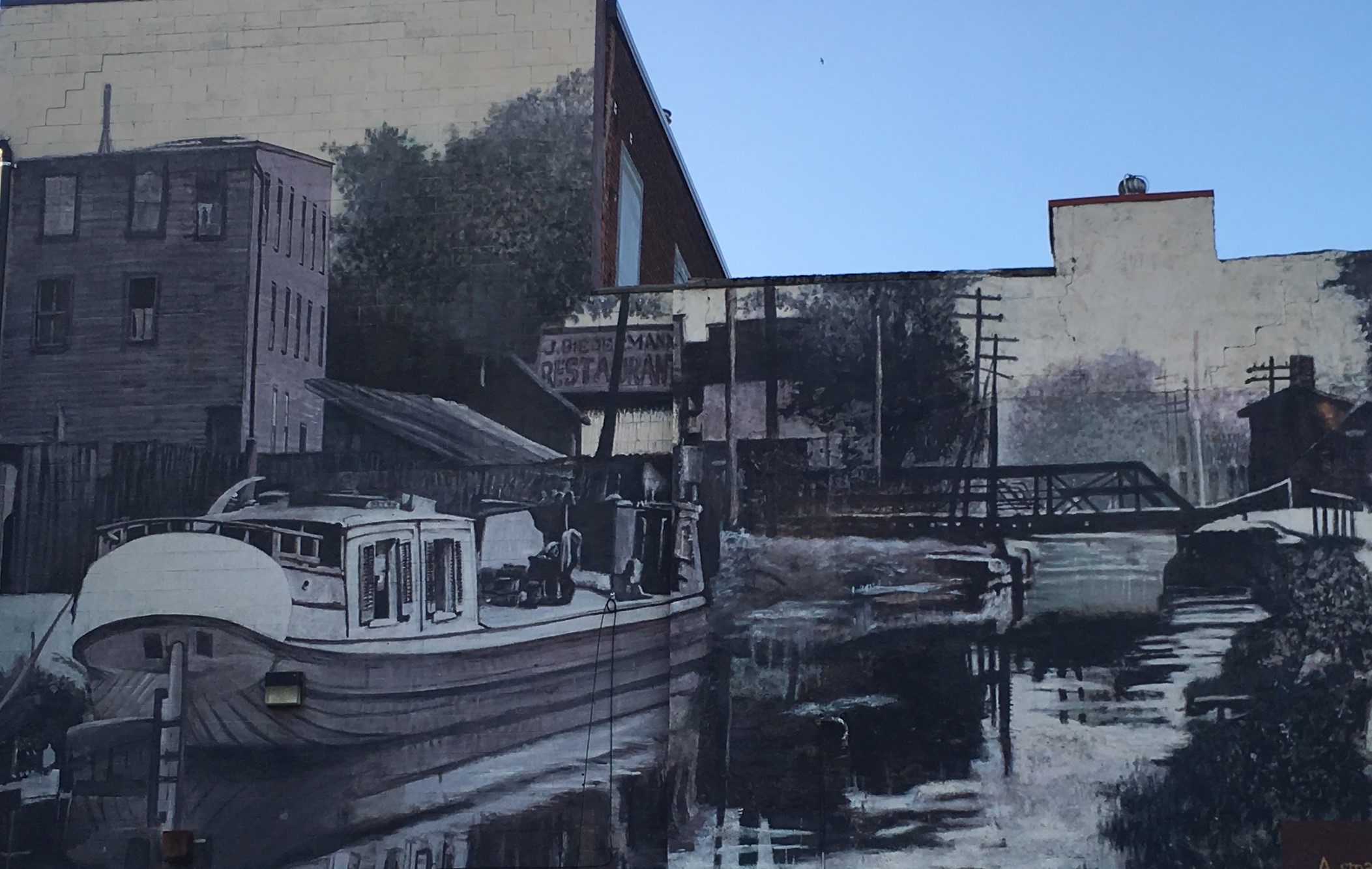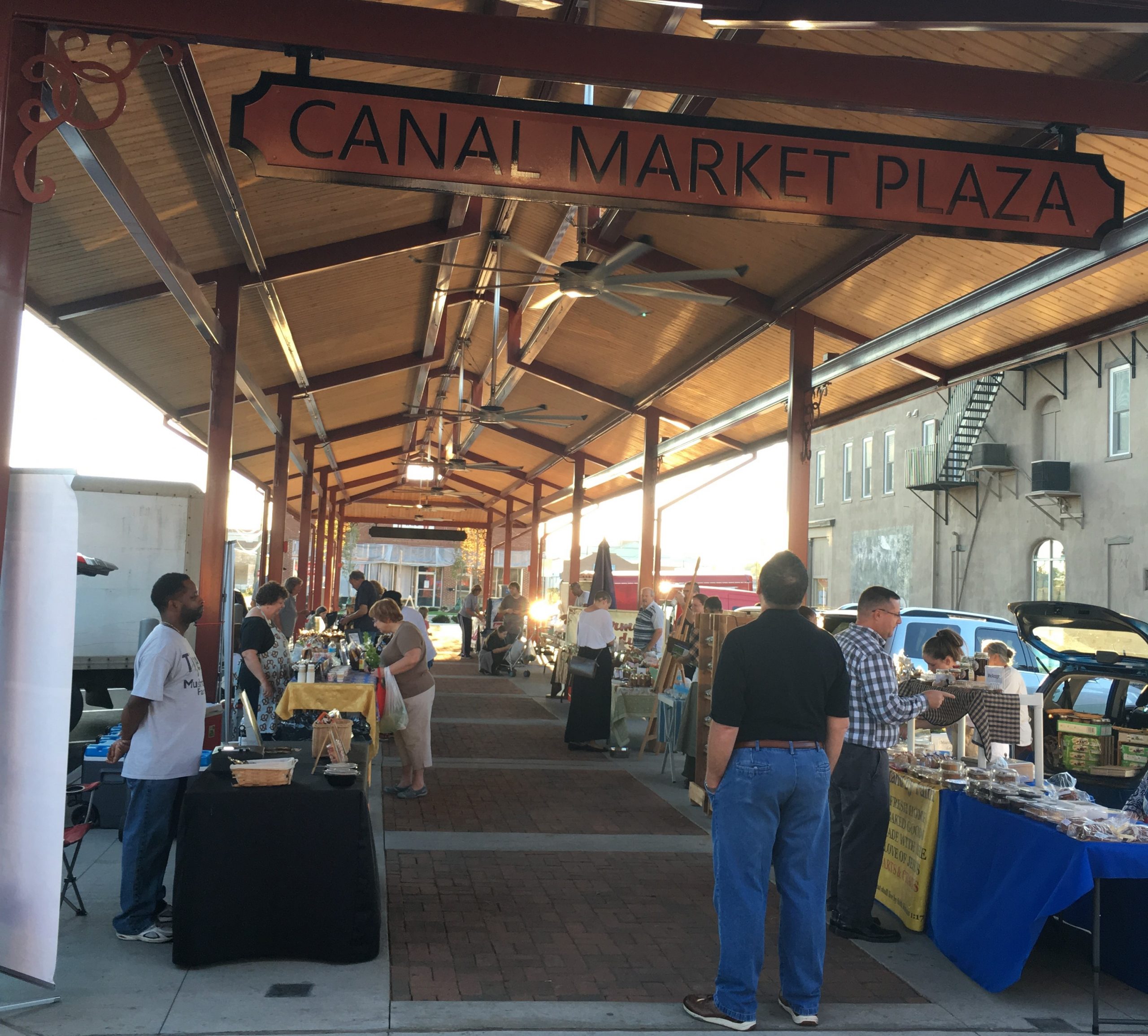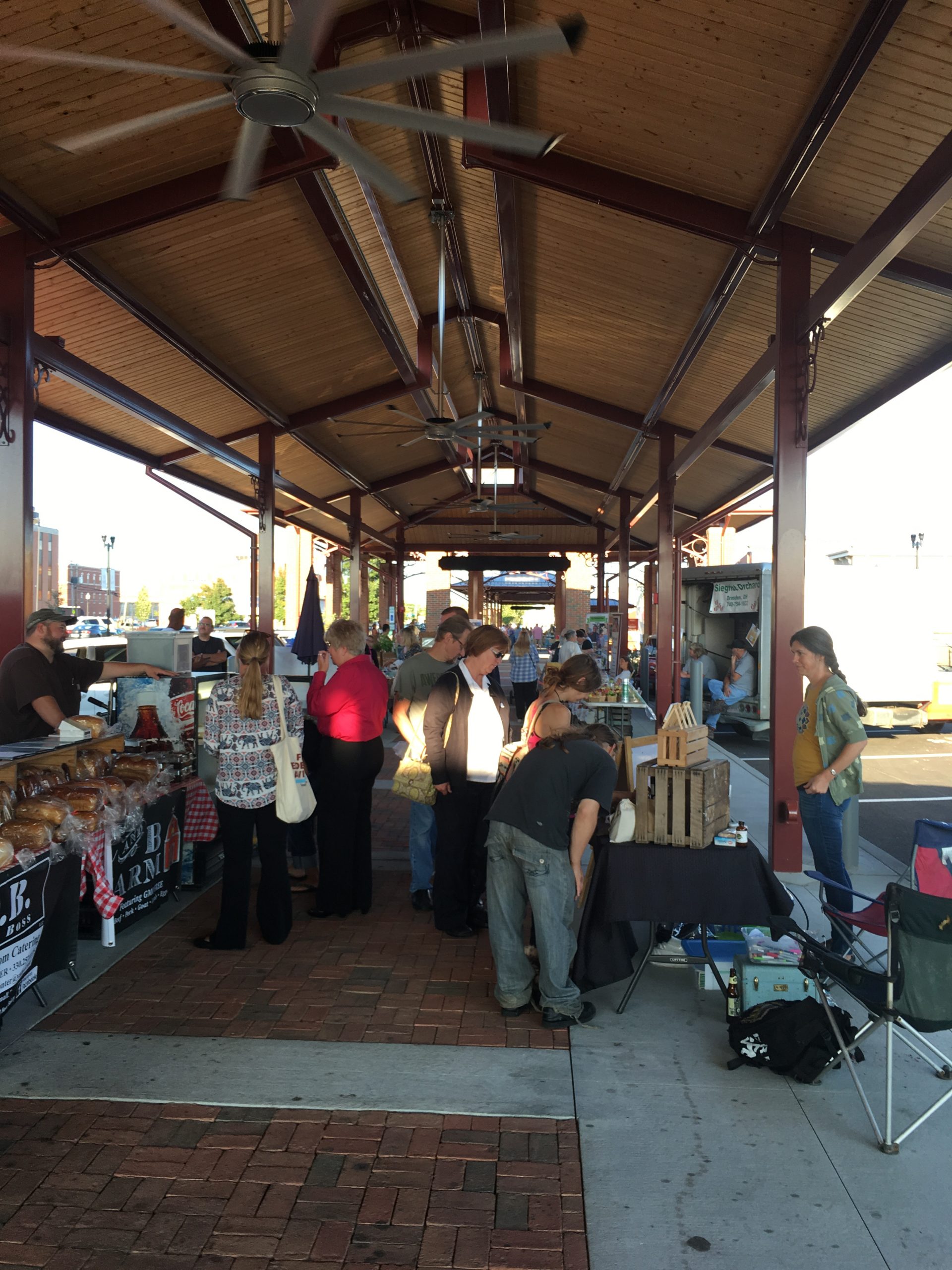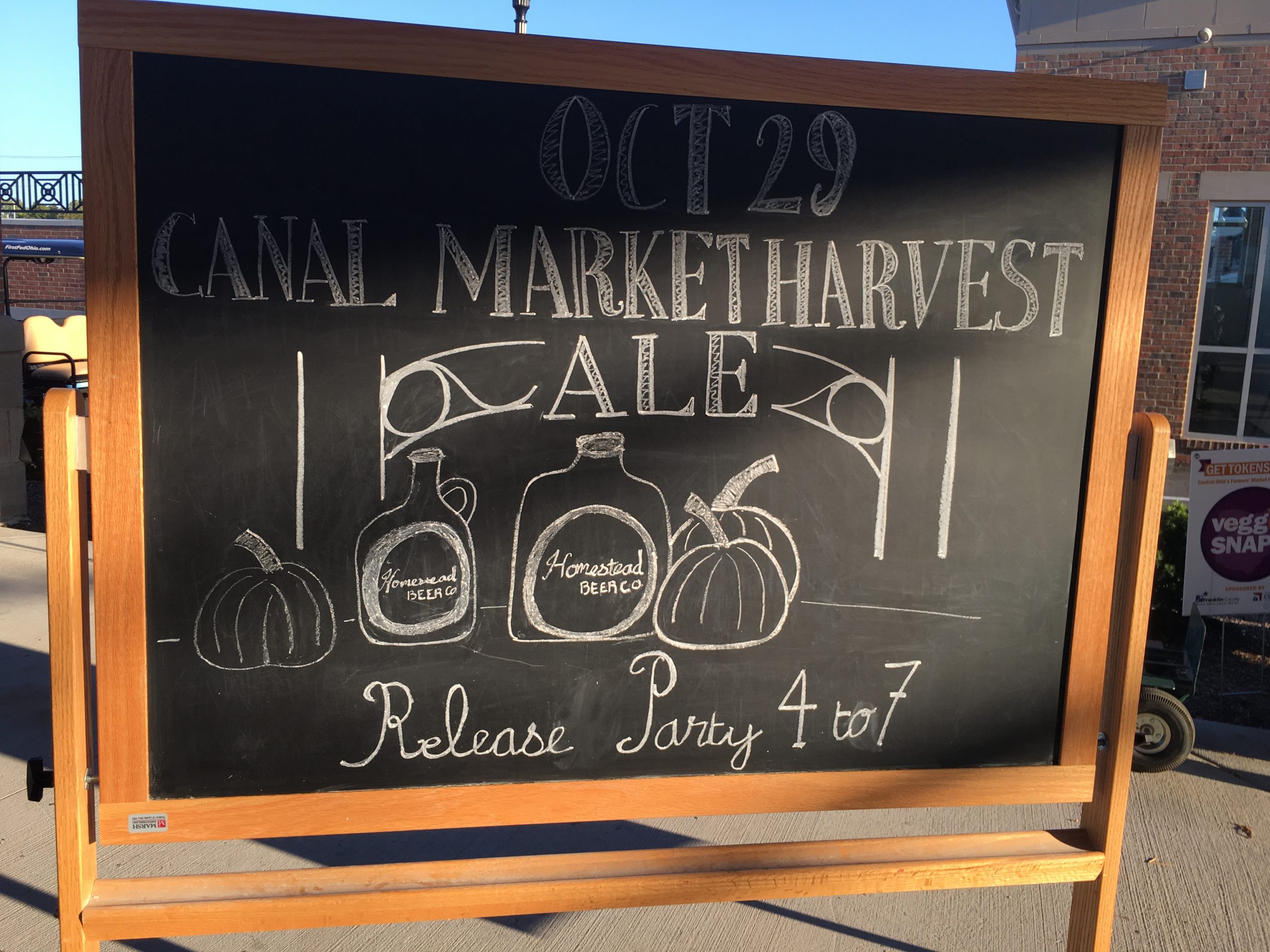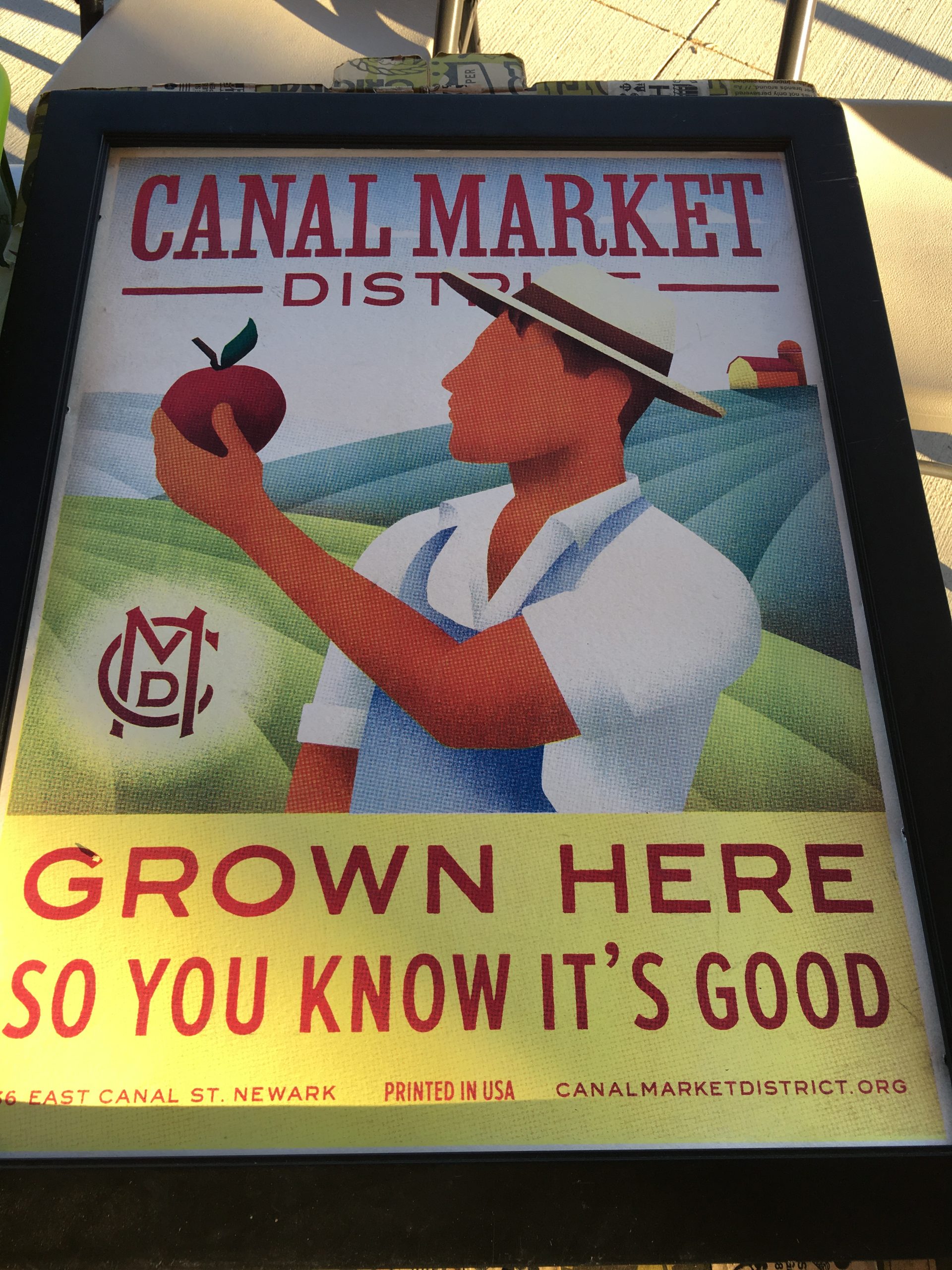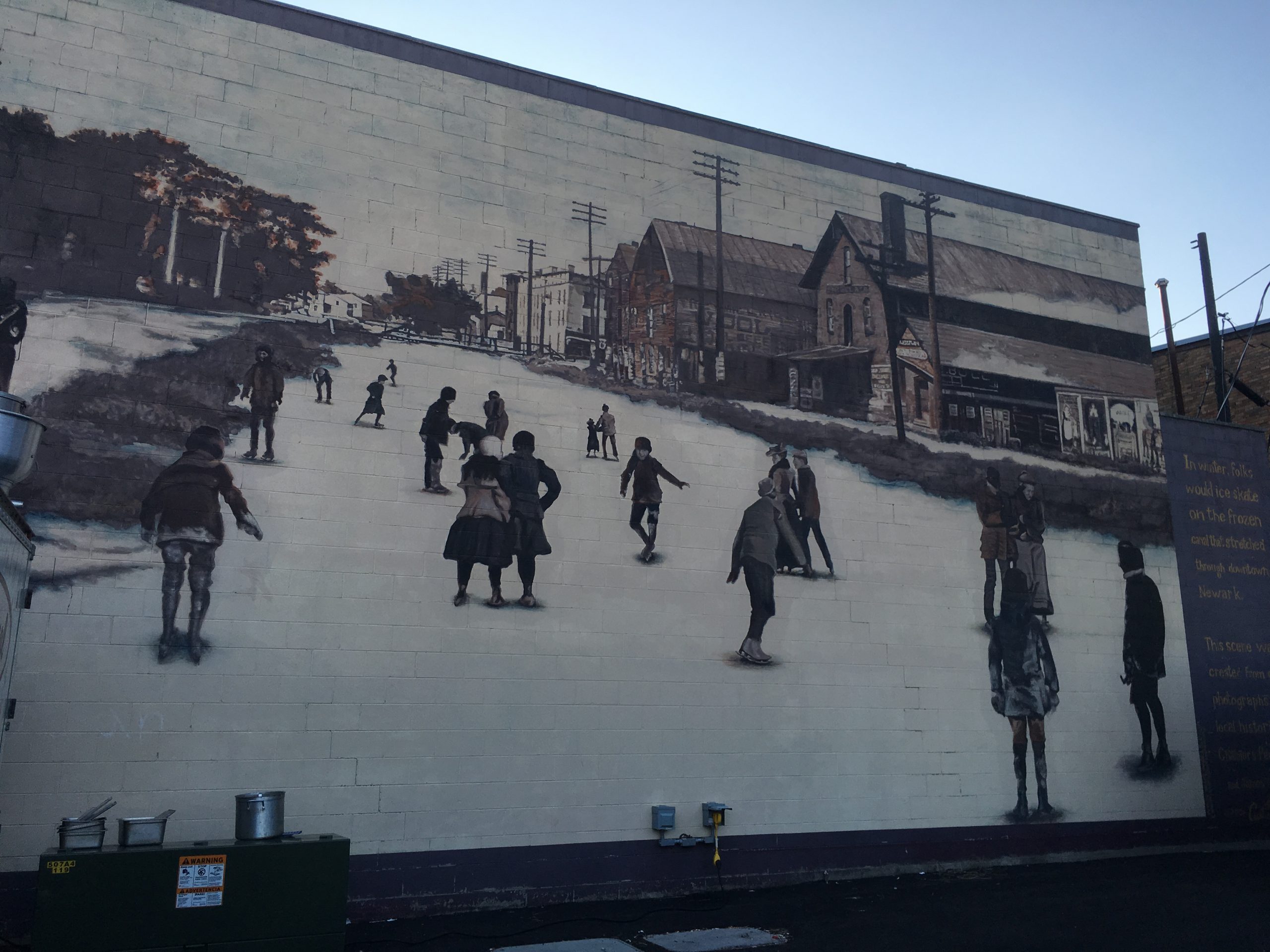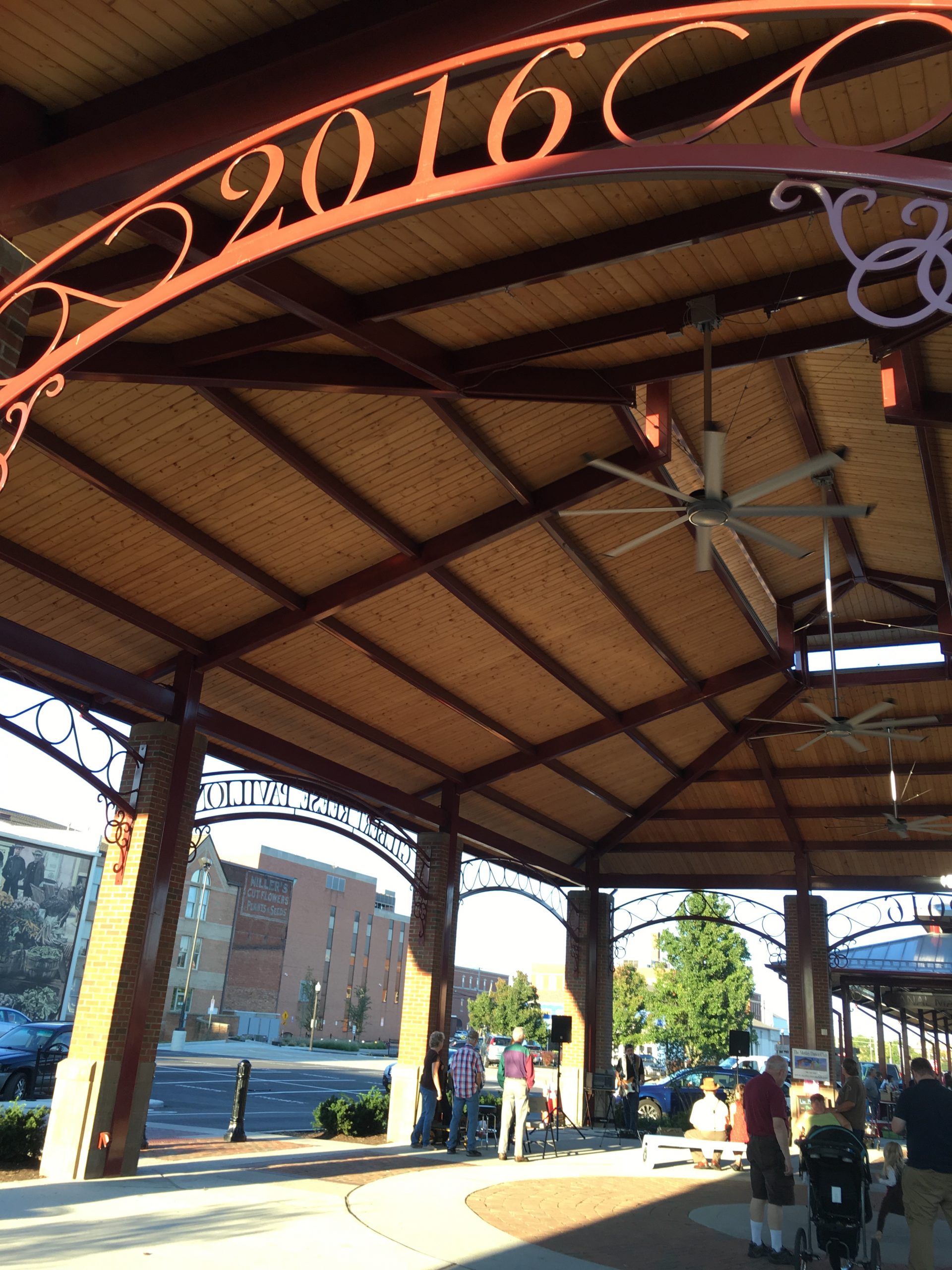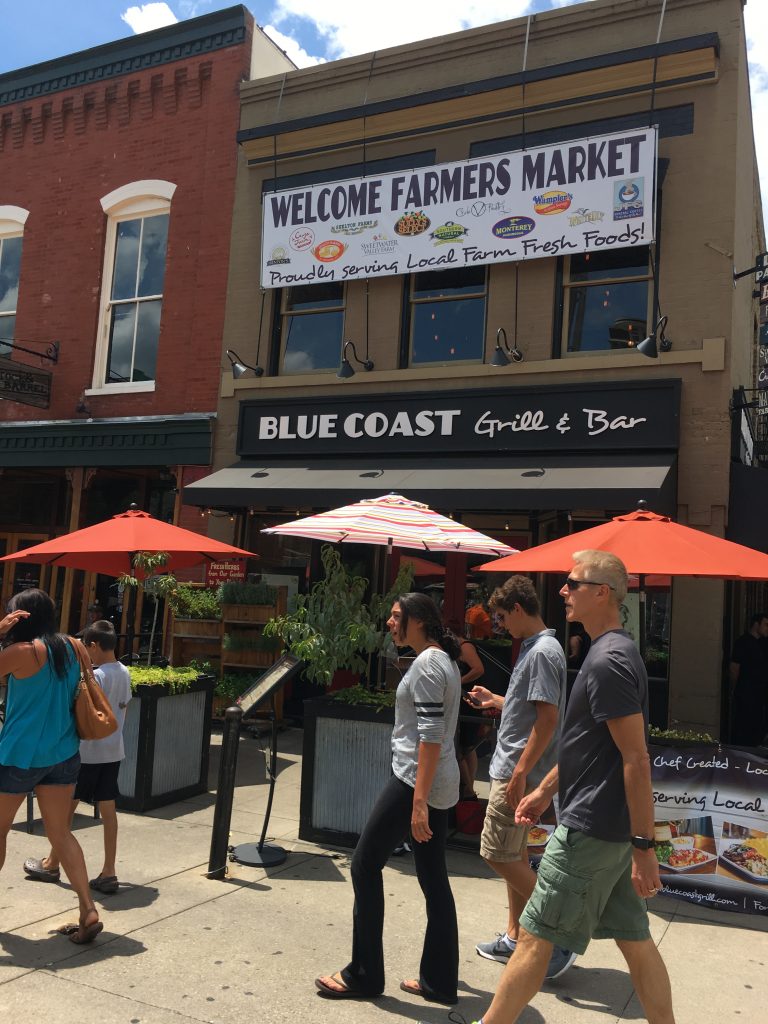
2016 marked the 225th year of Knoxville’s Market Square Farmer’s Market and my family happened to be passing through on our way to Gatlinburg. Farmers and vendors from all over East Tennessee have been coming to downtown Knoxville to set up shop at the Market Square, surrounded by fabulous restaurants and interesting boutiques.
From Babalu Restaurant, we walked towards Market Square to visit the Knoxville Farmer’s Market. Located along a long pedestrian mall, it was here, in this very location, where the first market opened for the sale of farm produce. We were curious to see what vendors would be there and what items we could buy.
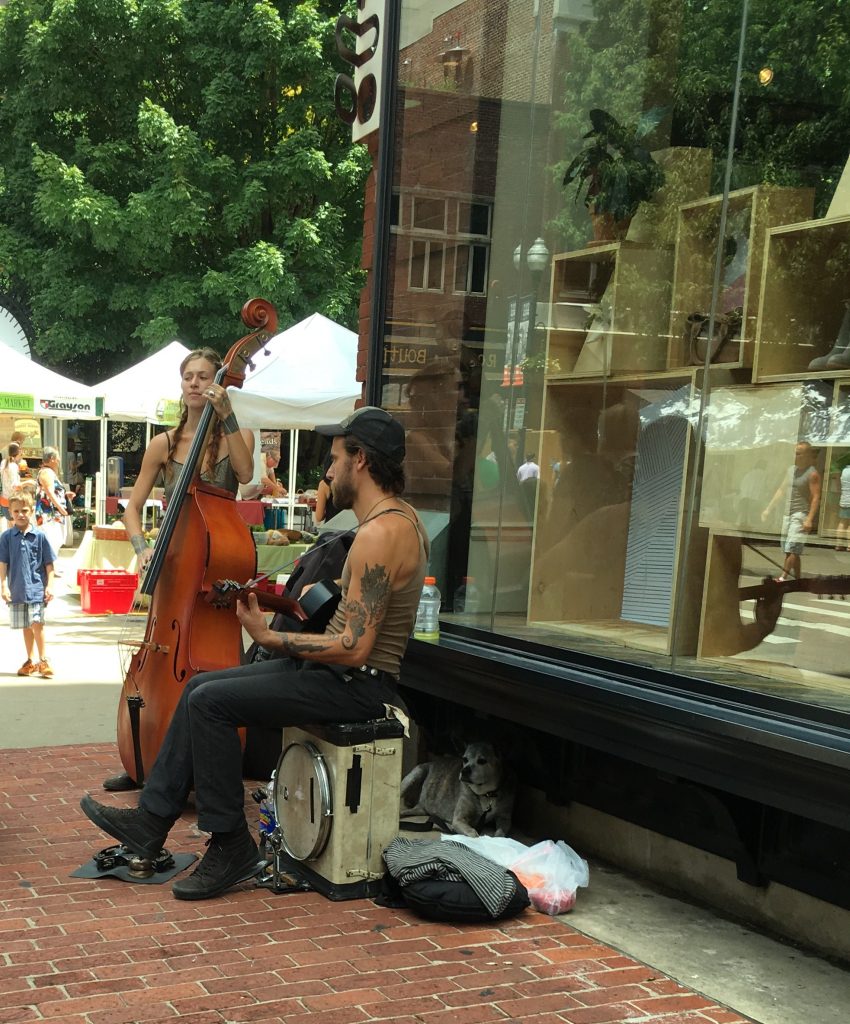
The square, just over an acre in size, has been a popular meeting place for street musicians and artists since the 1880s. I imagine listening to the music of Duke Ellington or watching the fiddle contests of Frank Murphy back in the 1920s. We watched a guitar and cello duo playing at one of the street corners in front of a furniture shop, Enjoying the talent of these musicians, we stayed for a few songs and dropped off a tip in their instrument cases.
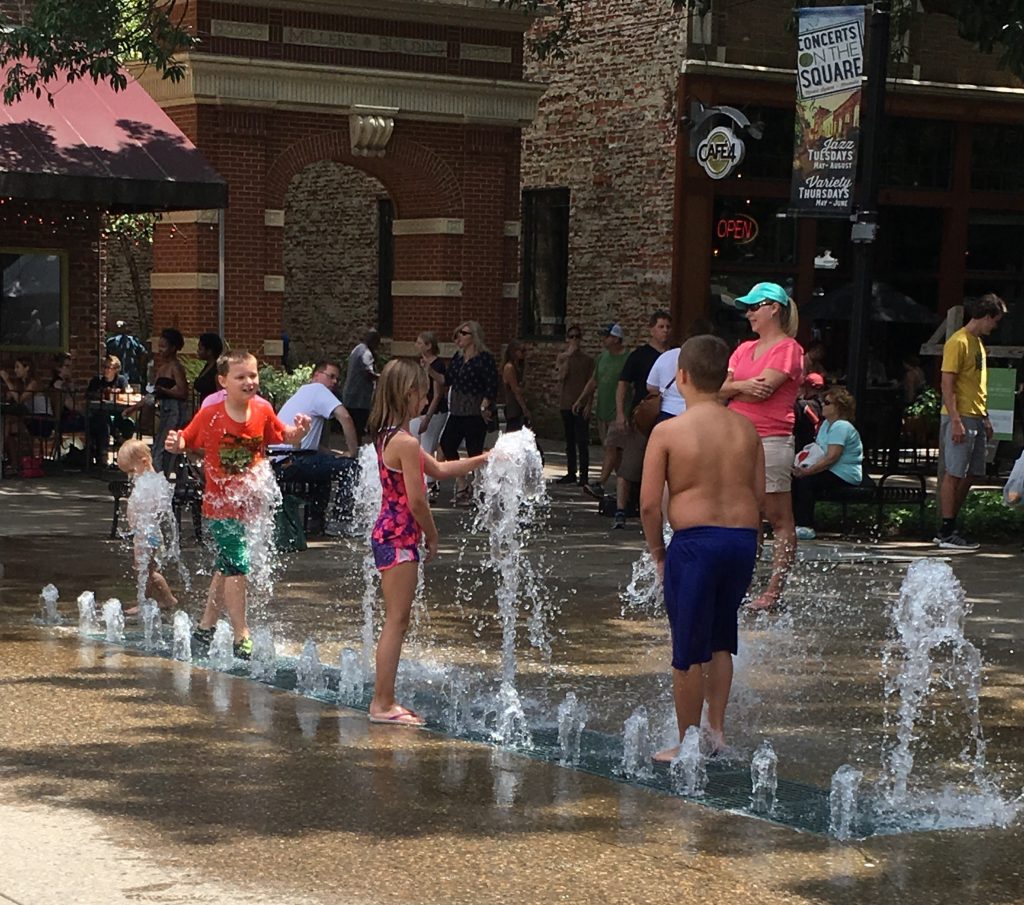
In addition to the vendor’s booths, there were children dancing through the fountains and busy outdoor cafes along the market square. It is a different scene than that of the late 1800s farmers who would pull their wagons up to the Market House. Back then, there was a monthly cost of three dollars for merchants who rented a stall.
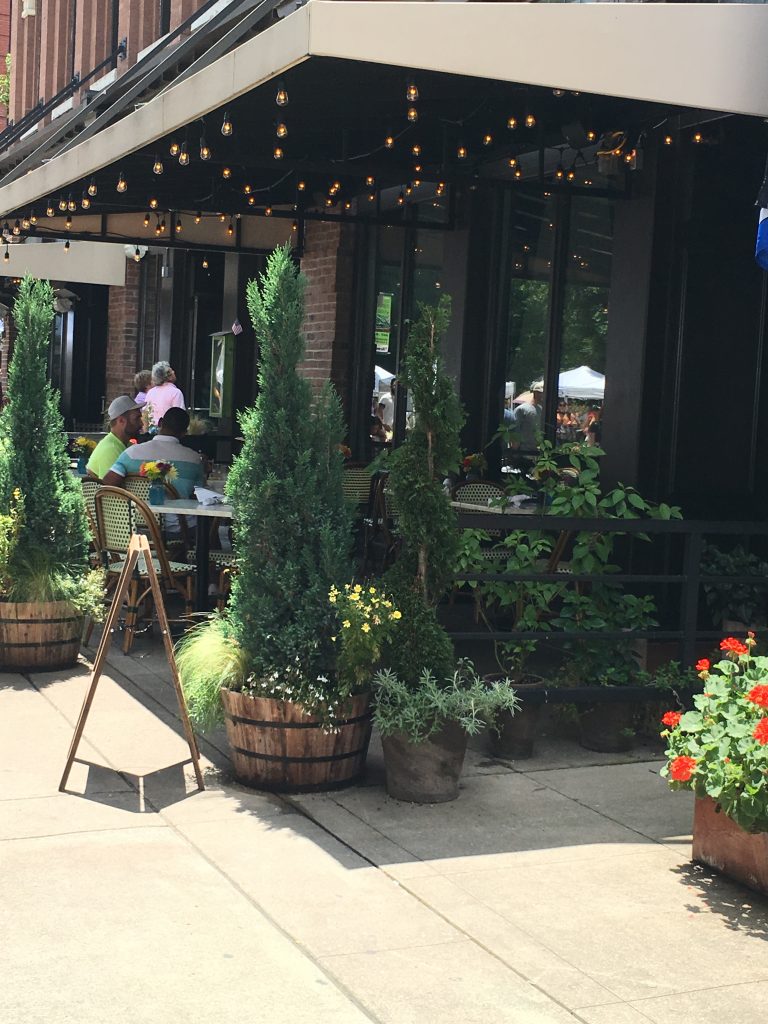
After the marketplace opened in January 1854, several shops and venues were built along its outskirts. Among the sites were a grocery, saloon and lumberyard. Over twenty years later, additional services were set up to include a mill, a boarding house, physician and pharmacists offices, more saloons and Peter Kerns’ confections store. Today there are several upscale and casual sidewalk cafes where one can find a seat to enjoy the exciting hustle of the market scene.
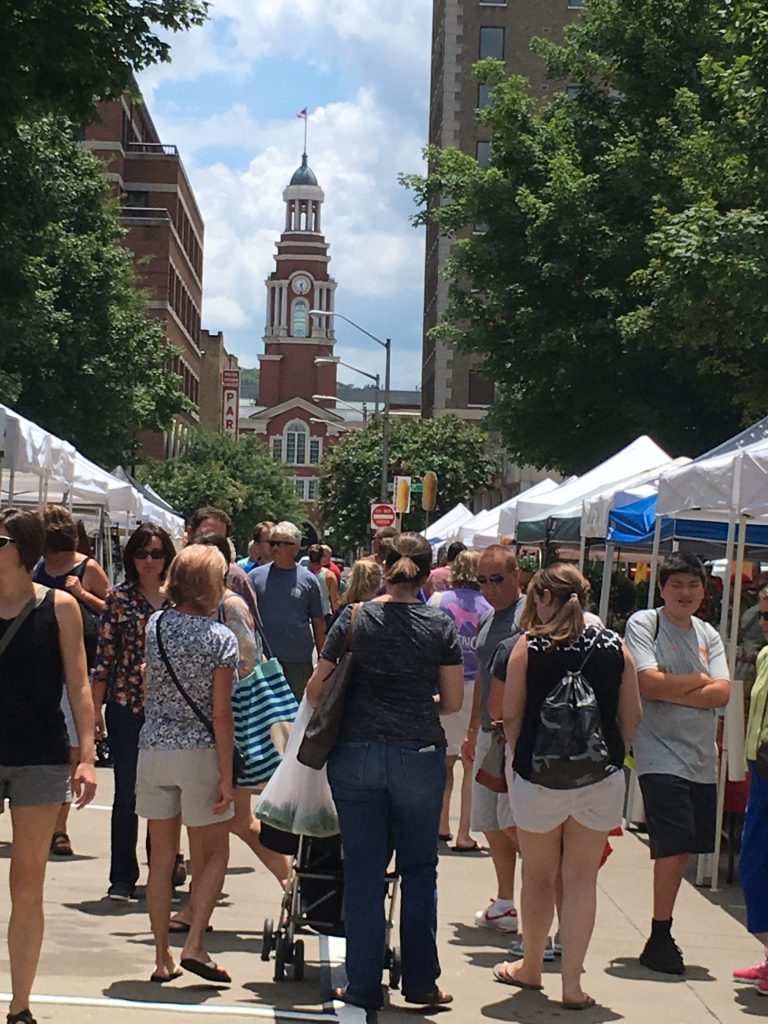
On the north end of the square is Knoxville’s City Hall, built in 1868. Just five years earlier, in 1865, this area had been occupied by the Union Army and converted into barracks and storage for ammunition during the Civil War.
By the early 1900s, prohibition closed the saloons, residents began to move out to the suburbs and small businesses began to close, replaced by chain commercial commerce and movie theaters. Eventually, the Market Hall would be replaced by the open-air market in 1960 in hopes of revitalizing the city.
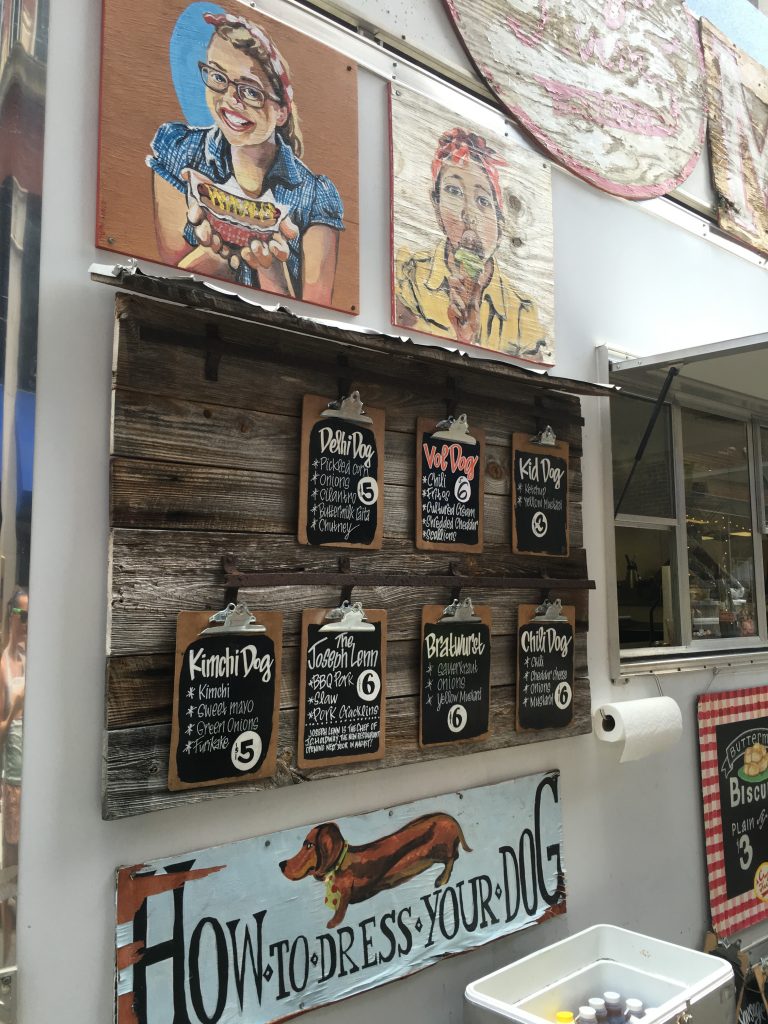
In addition to the traditional stalls of produce, crafts and more, food trucks line the alleys for an expanded option of lunch items, baked goods and delicious local foods. Today, Knoxville’s Farmer’s Market continues the tradition it began 225 years ago, with a modern twist and we loved the time that we spent here.
Have you had the opportunity to visit Knoxville’s Farmer’s Market in Tennessee? What did you buy? Did you eat at one of the restaurants or food trucks? I would love to hear about your experience if you would kindly leave a message in the comments section below. Many thanks for exploring the Farmer’s Market with me by reading my blog post. Wishing you many Happy Travels!
What to See and What to Do:
Market Square Farmer’s Market
Downtown Knoxville, Tennessee
Open every Wednesday (11 AM to 2 PM) and Saturday (9 AM to 2 PM) starting in May through November, the Market is open in the heart of Knoxville.
Where to Stay:
Four Points Sheraton Knoxville Cumberland House
1109 White Avenue
Knoxville, TN 37916
Telephone: 865 971 4663
Where to Eat:
Babalu’s
412 S. Gay Street
Knoxville, TN 37902
Telephone: 865 329 1002
We ordered Babalu’s signature guacamole, made table side, which was absolutely amazing (secret ingredient? sundried tomatoes!). We decided to share three tapas which included the beef empanadas, three tacos and grilled tenderloin with a teriyaki glaze and we enjoyed our meals.
What to Eat in Knoxville:
- Brunch at Bistro on the Bayou
- Chicken pot pie
- Fried Green Tomatoes
- Mac and Cheese
- Meatloaf
- Tennessee Whiskey
What to Read:
- Historic Knoxville: The Curious Visitor’s Guide to Its Stories and Places, by Jack Neely
Photo Guide to Knoxville:
- Bike Sculpture
- Bridge Sunrise
- CityView Sunset from SoKno
- Fort Dickerson Quarry
- Gay Street
- Greetings from Knoxville Postcard Mural
- House Mountain
- Sunsphere
- Tennessee Theater on the corner of Gay Street and Clinch Avenue
- A View from the Bluffs
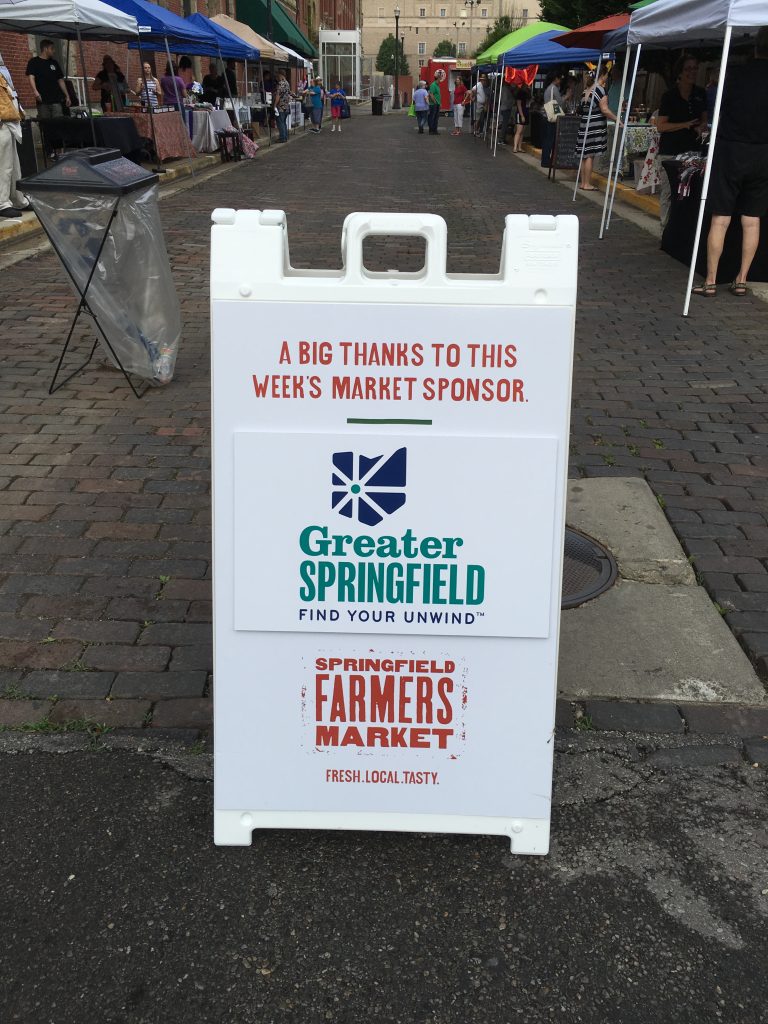
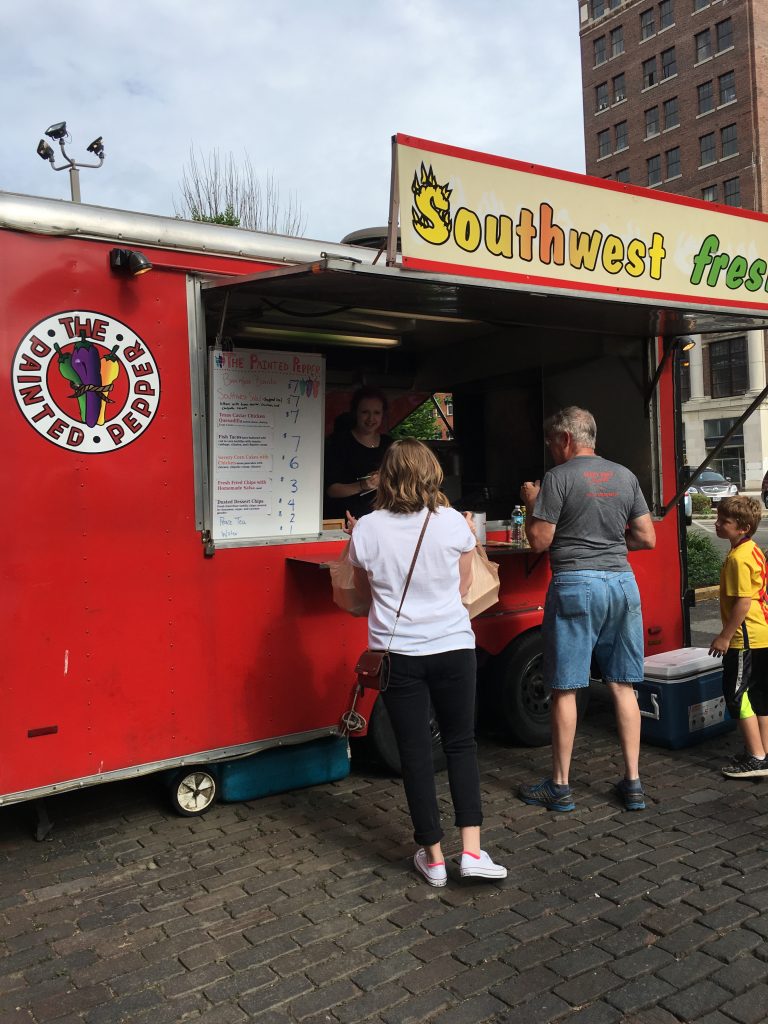
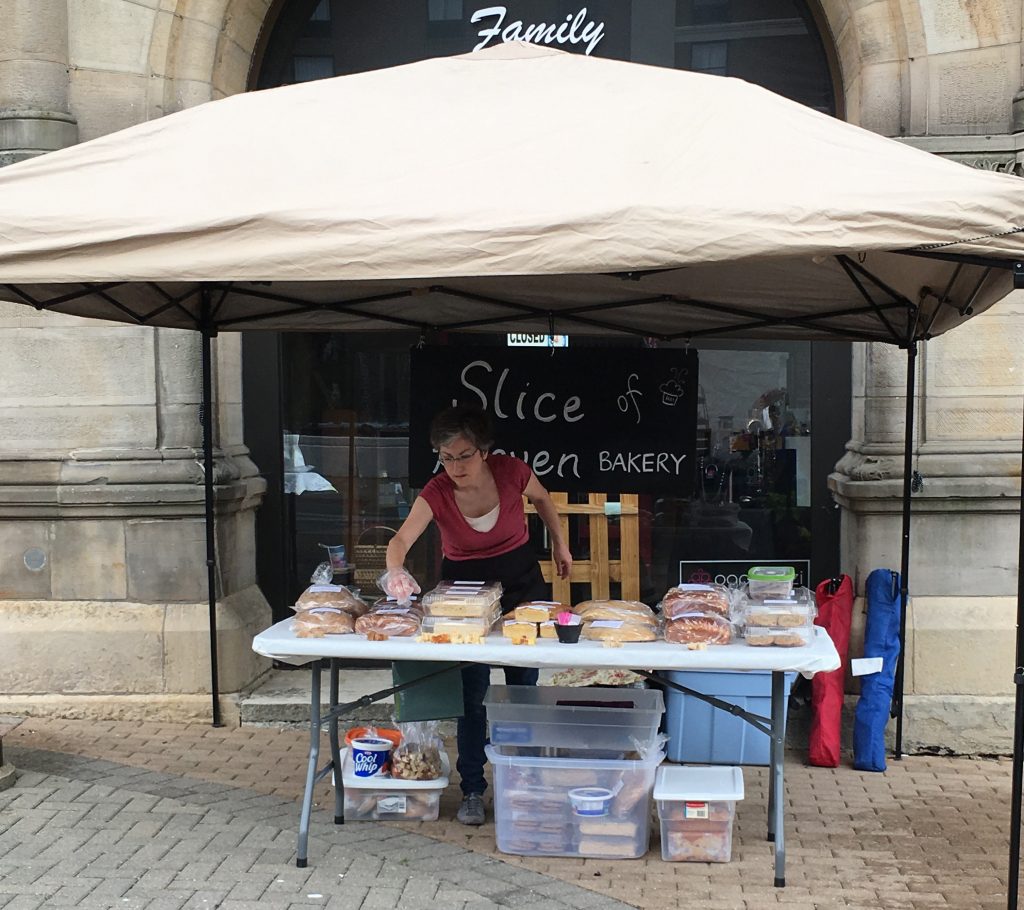
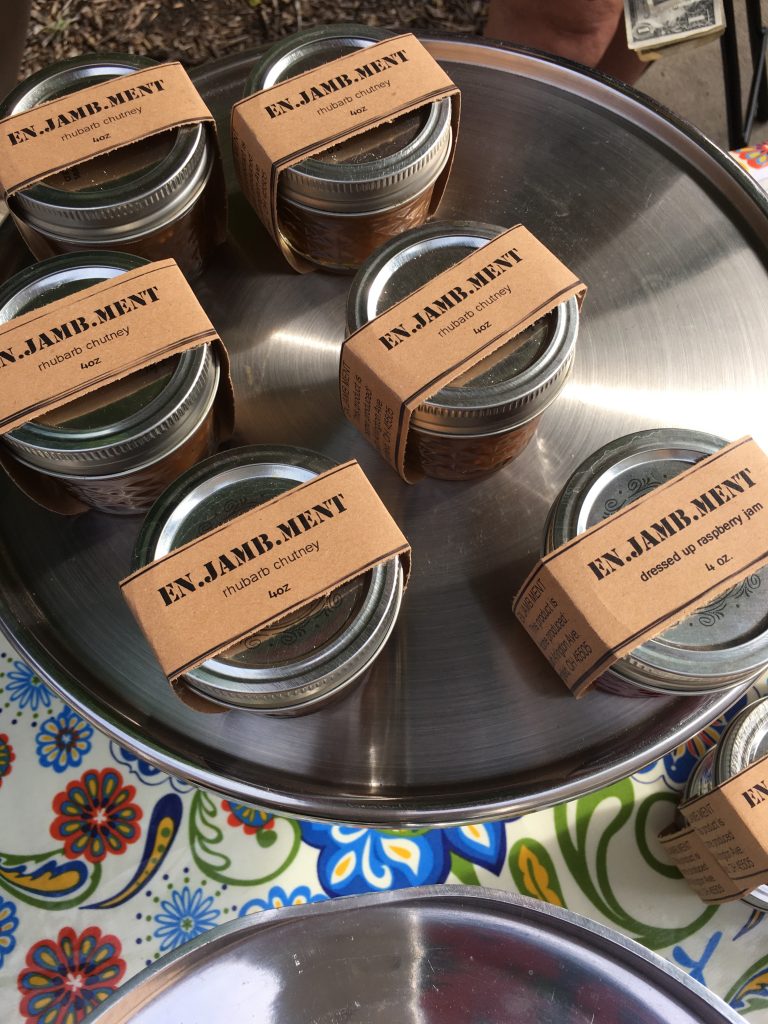
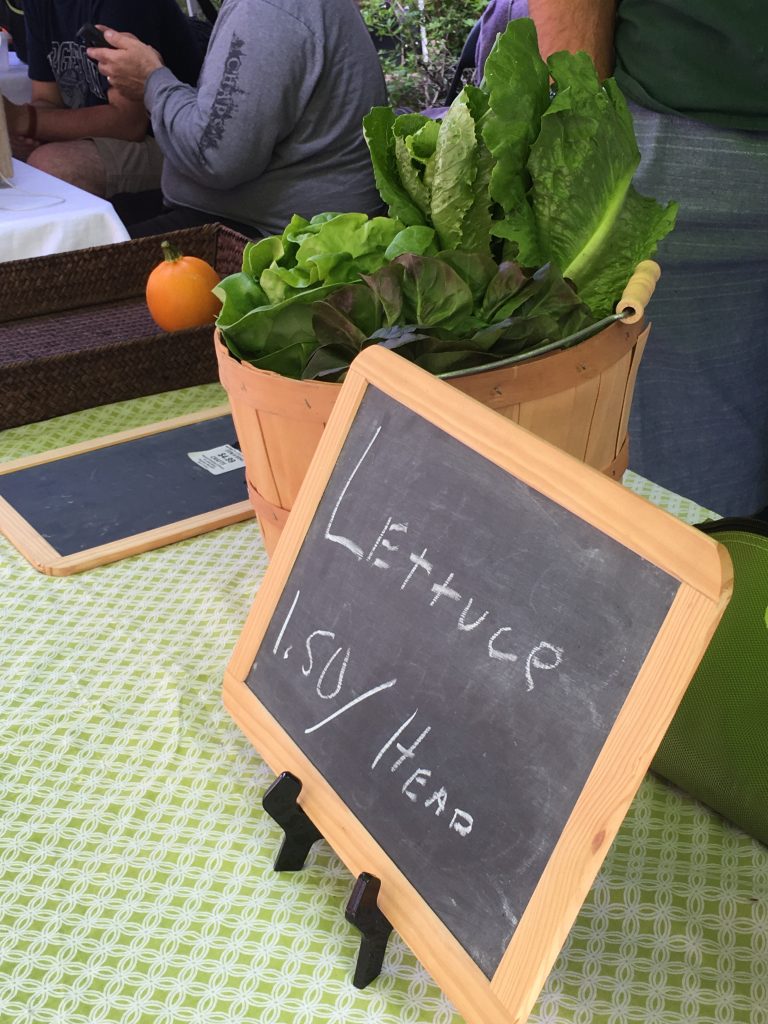
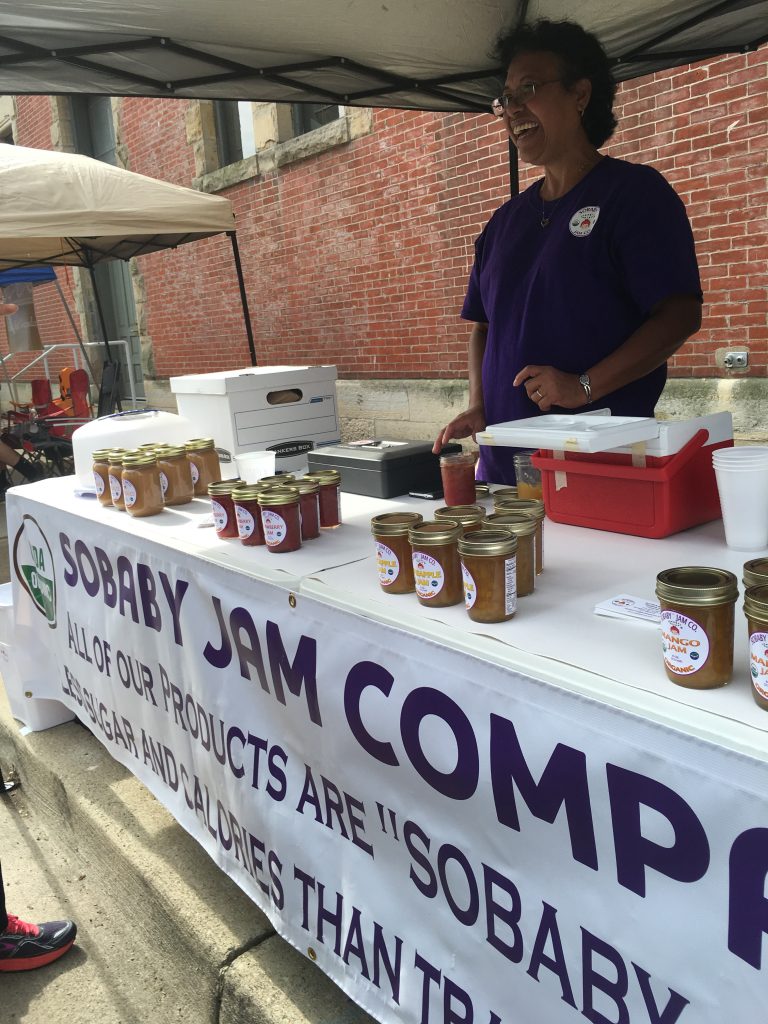

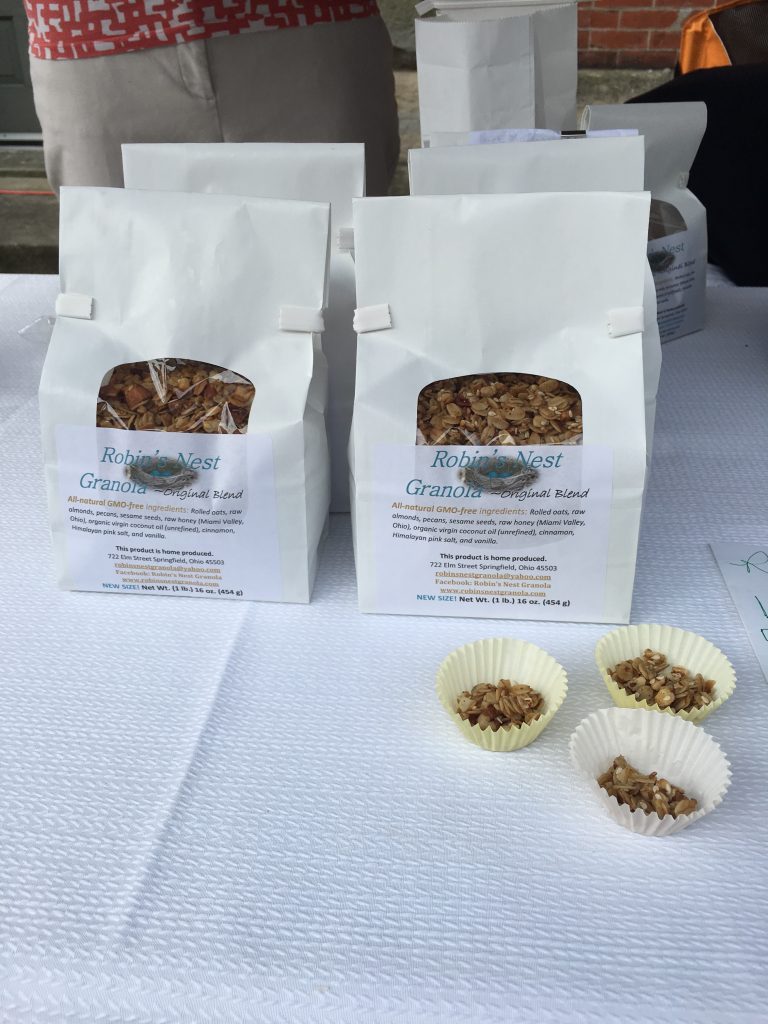
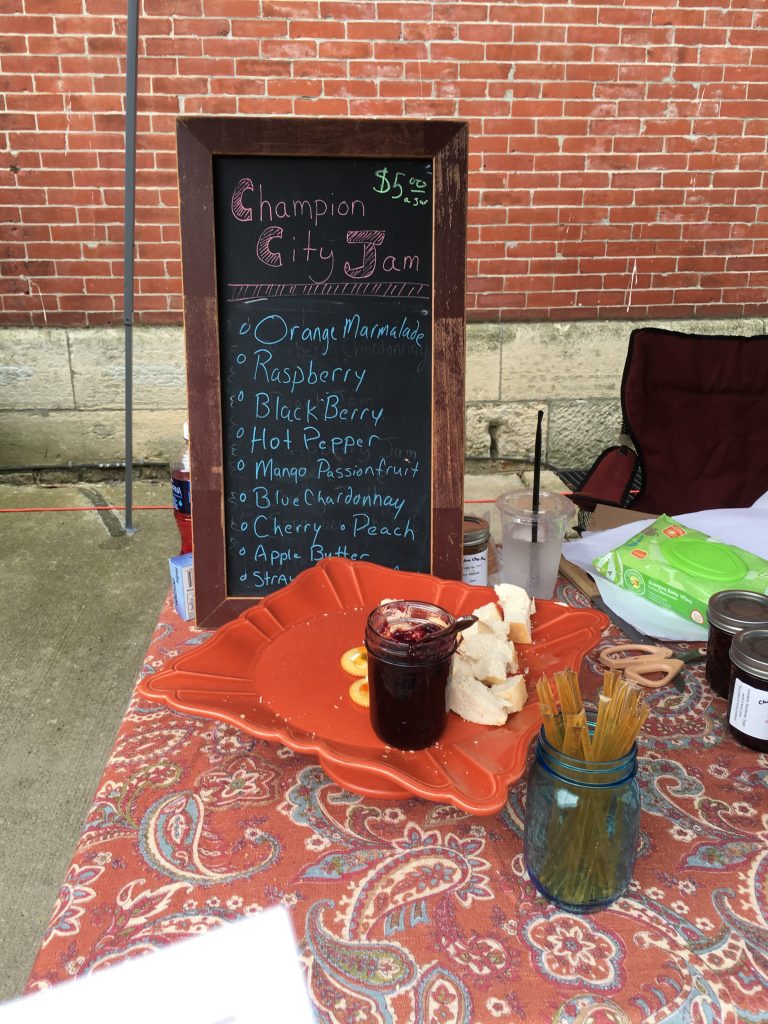
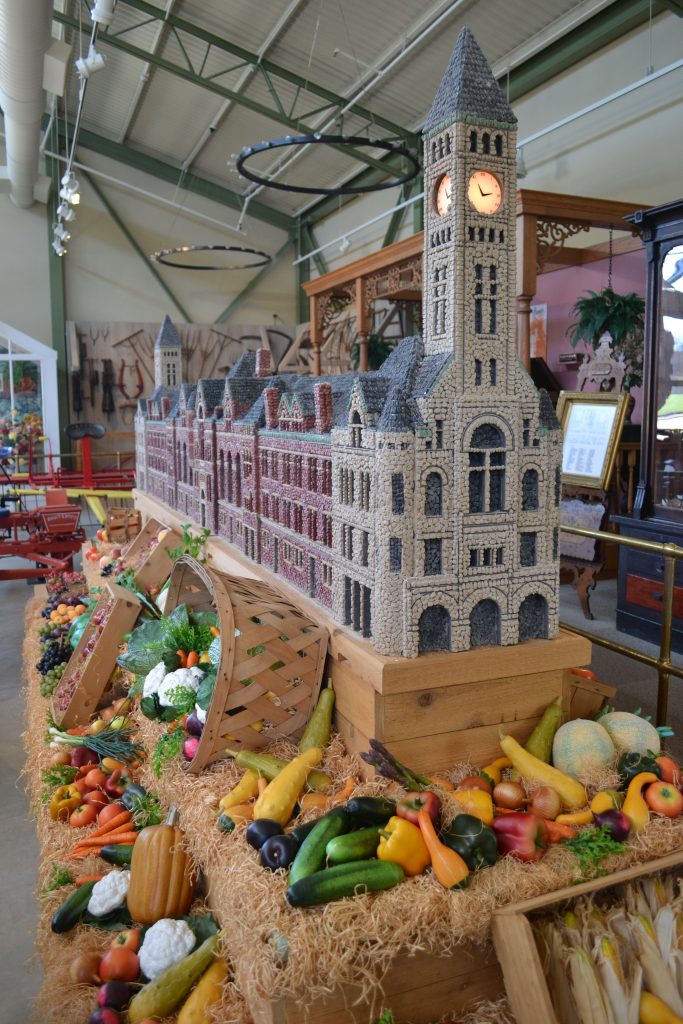
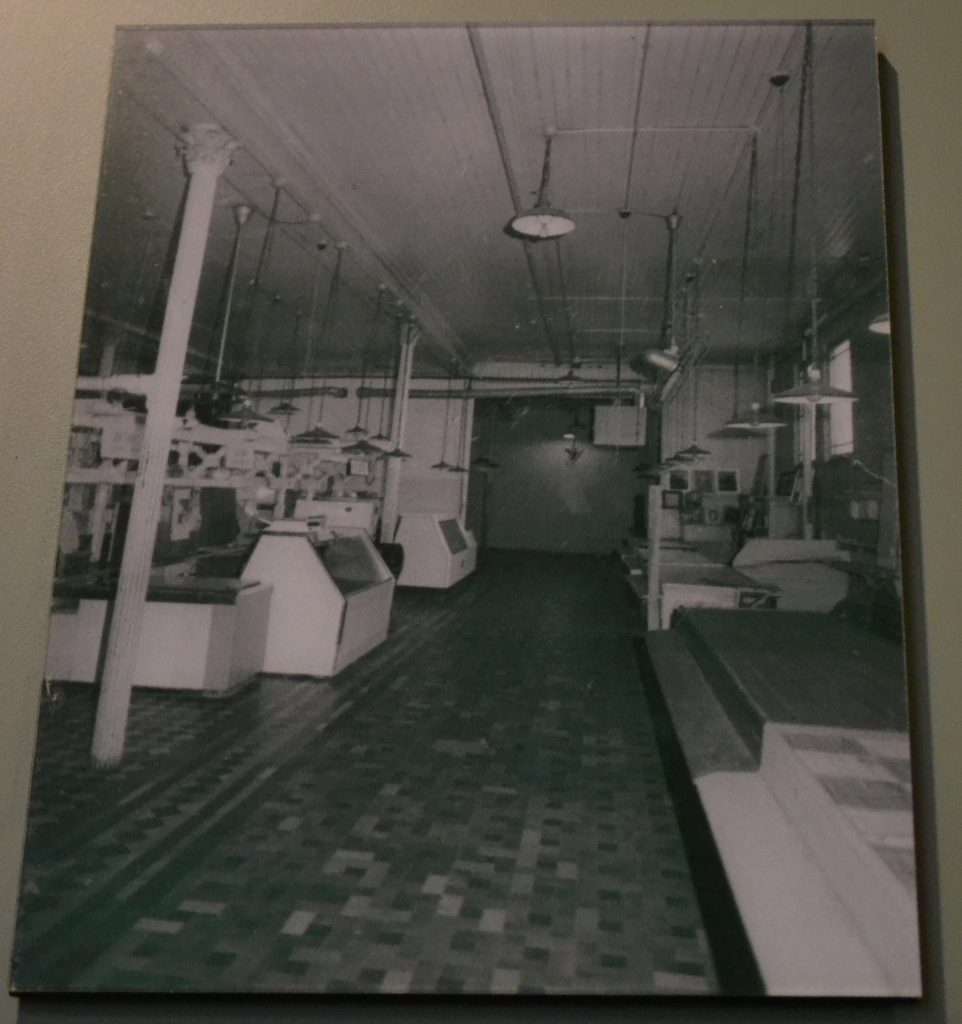
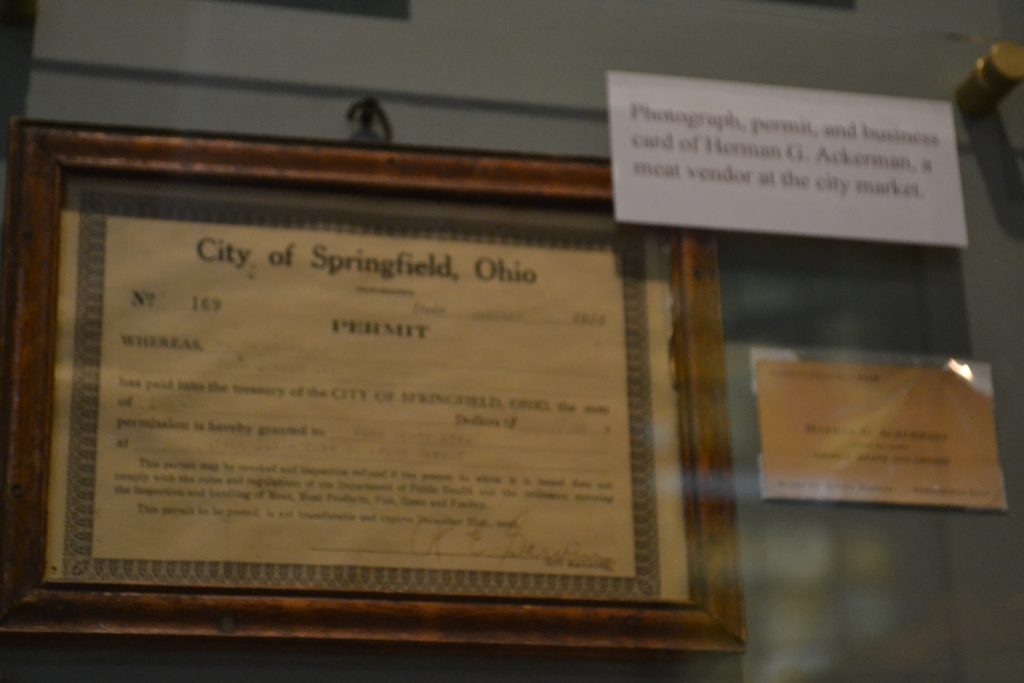
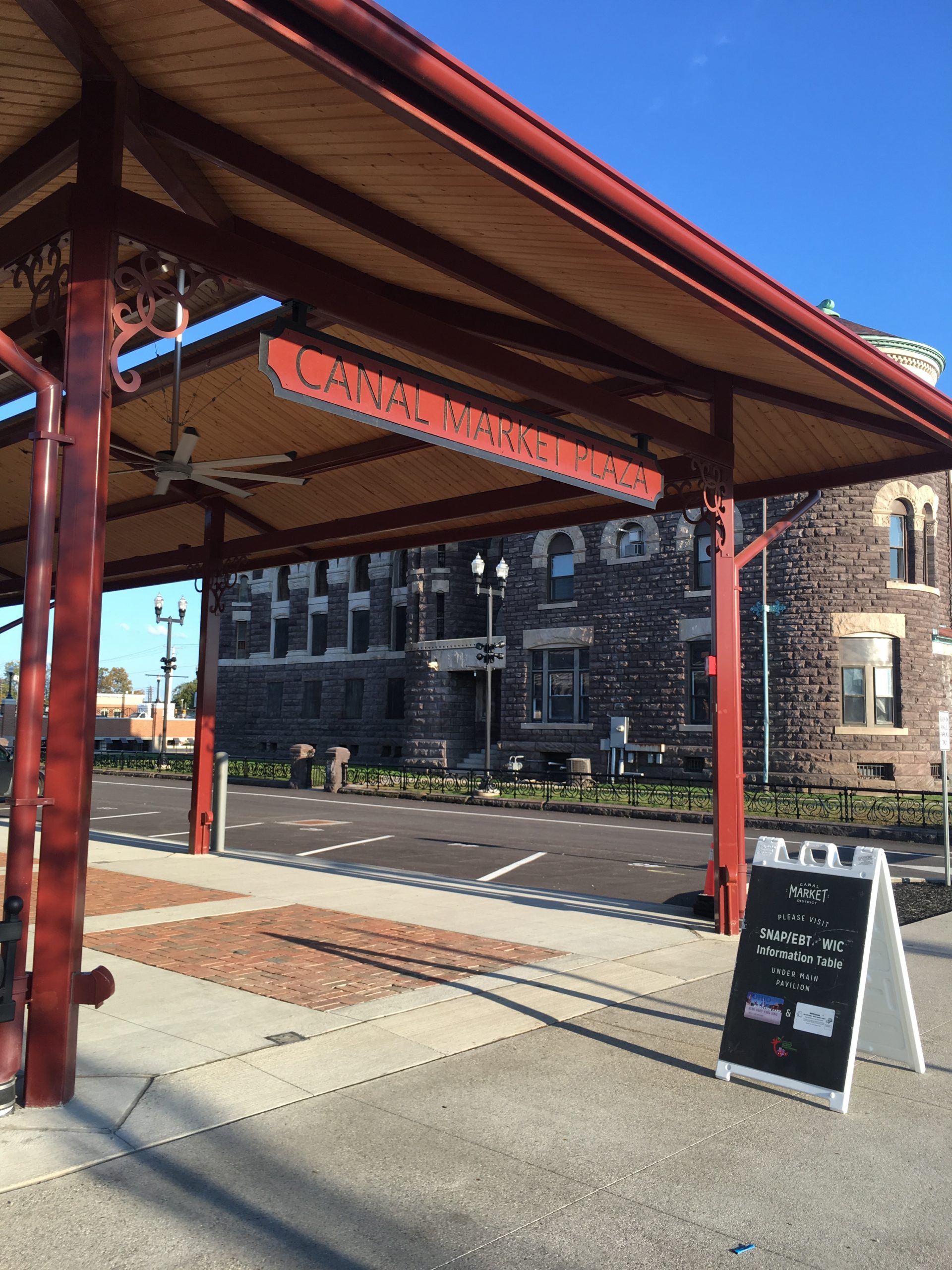
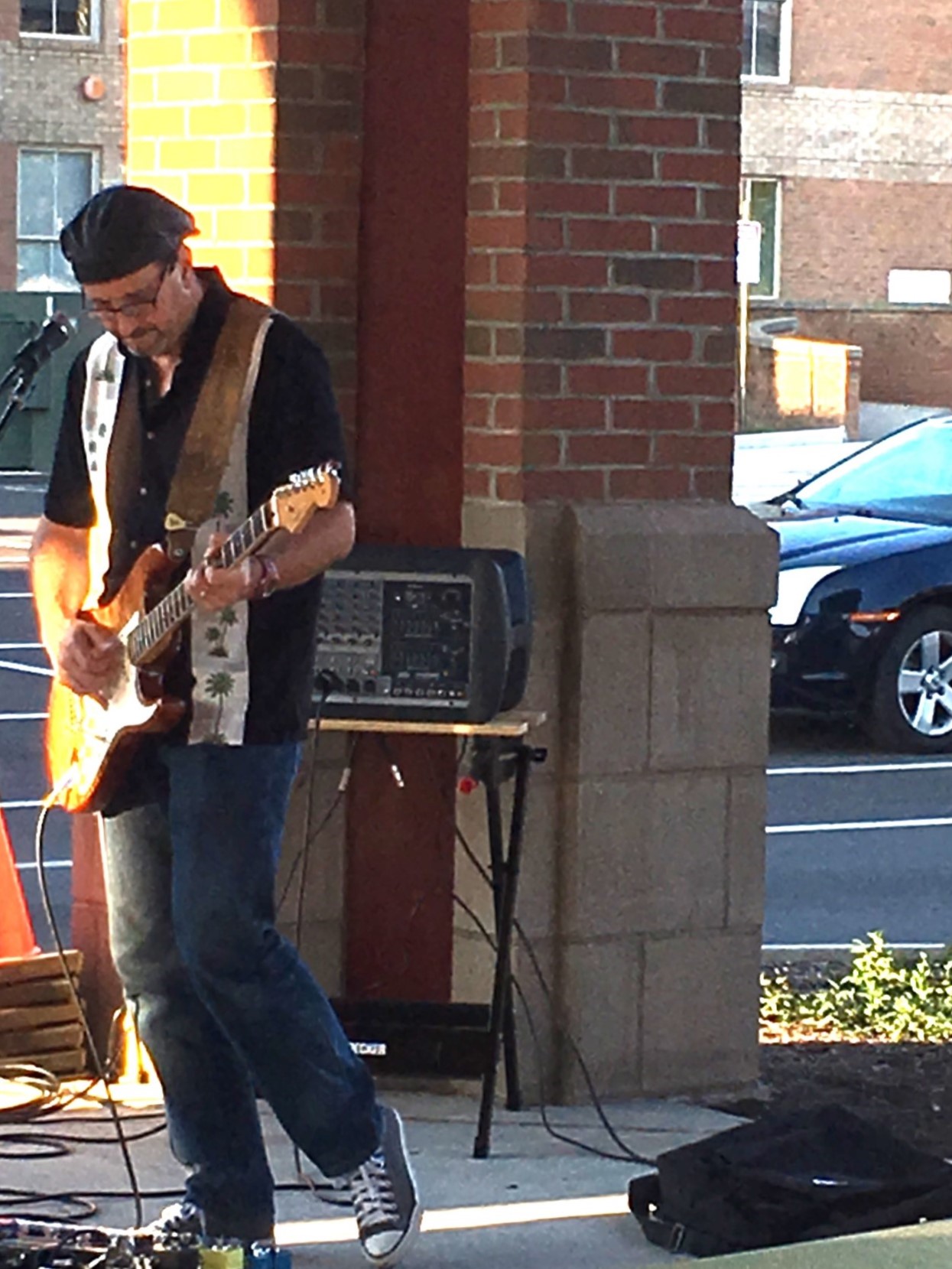
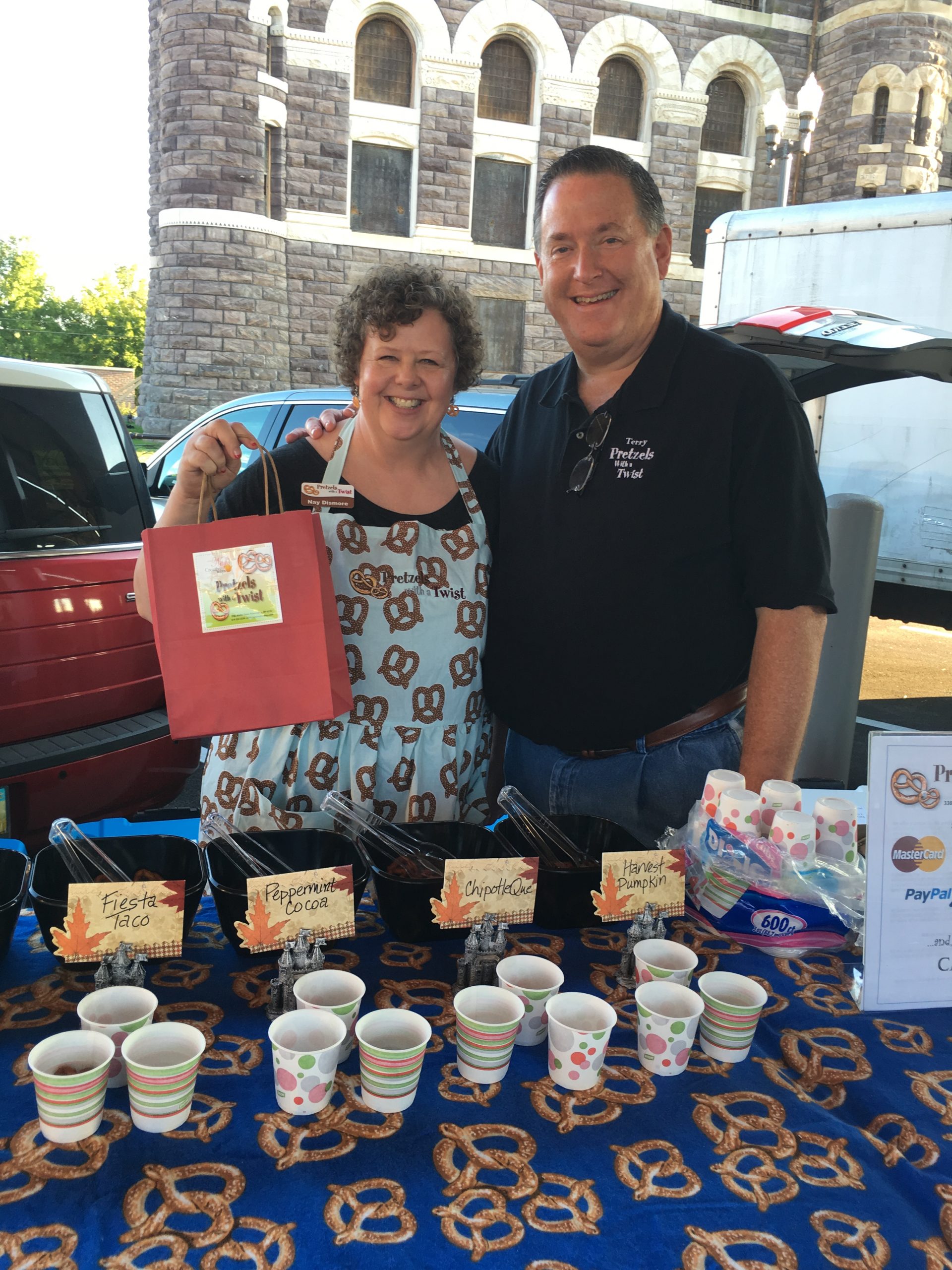 Some of the amazing merchants I met included Nay and Terry Dismore from Pretzels with a Twist. Their company offers miniature gourmet pretzels with lots of flavor. From ChipotleQue to Peppermint Cocoa, there is a fantastic combination for any pretzel lover.
Some of the amazing merchants I met included Nay and Terry Dismore from Pretzels with a Twist. Their company offers miniature gourmet pretzels with lots of flavor. From ChipotleQue to Peppermint Cocoa, there is a fantastic combination for any pretzel lover.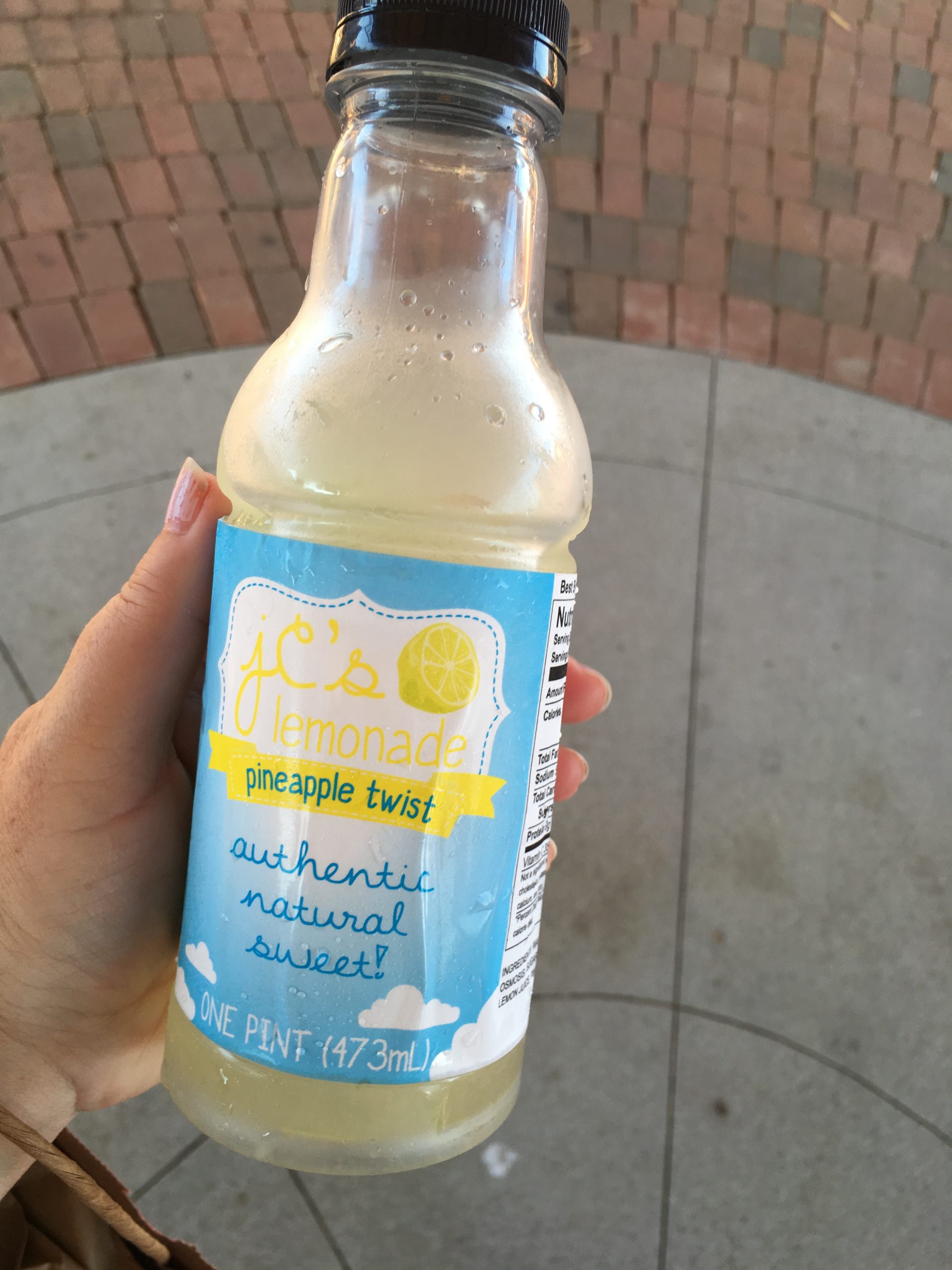 JC’s Lemonade was such a refreshing drink and I absolutely loved the pineapple twist flavor.
JC’s Lemonade was such a refreshing drink and I absolutely loved the pineapple twist flavor.